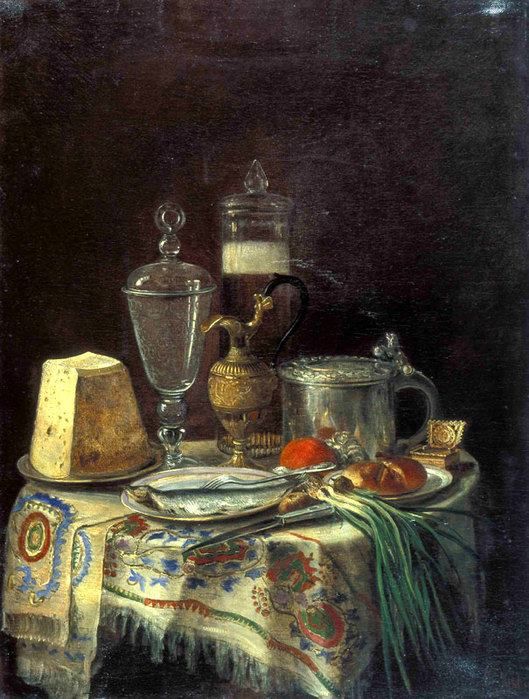From The New York Review of Books:
The twentieth century was not kind to the Romanovs. The night of July 16–17 marks the centenary of the murder of Tsar Nicholas II and his family by their Bolshevik guards at Yekaterinburg. As the revolution raged on, scores of members of the Romanov family perished in woods, mines, and prison yards; those who survived, labeled enemies of the people, were forced out of the country. This tragic conclusion of a 300-year-old dynasty was not, however, the end of the Romanov family. Despite the immense trauma they had suffered, the Romanovs endured, adjusting to their new circumstances. Throughout these trials, they had an unlikely ally: art.
Almost all the Romanovs had an artistic bent: they painted, doodled, carved, embroidered, cut jewelry, or sculpted. As Russia’s rulers before the 1917 revolution, their communications with the world were governed by official considerations; the personal remained invisible to the society at large. But there were flesh-and-blood men and women behind the scepter, tiaras, and ermine mantels, and they felt, processed, suffered, rejoiced, raved, prayed, and reminisced. To a family whose every move was watched and discussed, art offered an avenue to channel individual experience in a private mode.
For many Romanov exiles—hounded, stripped of their wealth, living under the constant fear of further reprisals—art became, in part, a coping mechanism. Later, as the memory of the massacre gave way in its immediacy, new generations of Romanovs took to art for reasons not so different from the rest of us: to meditate, to understand, and to express.
Over the twentieth century, the Romanovs produced a vast artistic trove that few are aware of, since most of their creative output was meant for family consumption. Because the family was scattered around the world by the events of the revolution, that collection is currently dispersed among private archives, family albums, basements, under-the-bed boxes and, in rarer cases, museums and galleries.
. . . .
For Empress Maria Feodorovna, wife of Alexander III and mother of the last tsar, Nicholas II, painting was a lifelong pursuit. Born as the Danish princess Dagmar, she studied art with her mother, Queen Louise, and was proficient at painting in both watercolors and oils. She ensured that all her children painted, too. The serenity of her son Nicholas’s early watercolors makes for an eerie contrast with the violence that would soon engulf the future tsar’s land and his family. Nicholas’s daughters, Olga, Tatiana, Maria, and Anastasia, and his son Alexei also painted; the cards they sent to other family members were often hand-drawn.
Maria Feodorovna was destined to outlive her husband and witness the destruction of his dynasty, as well as the disappearance of her two younger sons, five grandchildren, daughter-in-law, and numerous close relatives. In 1919, King George V, her brother-in-law, sent the battleship HMS Marlborough to evacuate her and her immediate family from Crimea. “I think about you a lot and remember the good times past, when we were all living together,” she wrote on black-bordered mourning notepaper to her grandson Nikita Alexandrovich, who was by then living in a “grace and favor” house in England, from her native Denmark, where she spent the rest of her life. Her funeral, in 1928, was the last time a large group of Romanovs collected for more than half a century.
Link to the rest at The New York Review of Books
.

.

Photography and history buffs might like “The Empire that was Russia.” The link takes you to the Library of Congress, where you can see color photographs of Russia during the reign of the last tsar.
Thanks for the tip, Jamie.
Speaking as a jeweller, I’m curious: how do you ‘cut jewelry’? Is this an American expression and what does it mean?
I’ve never heard that expression either. Gem cutting yes, but not “earring-cutting” or “necklace cutting.” I’ve heard of taking settings apart to re-purpose the gems in them, which is the closest possibility for “cutting jewelry.” But that doesn’t seem very artistic in itself …
Thank you – most likely the reviewer’s error, then.